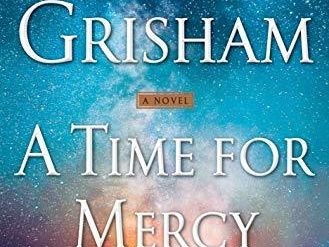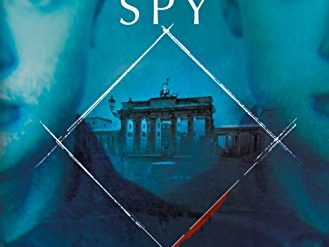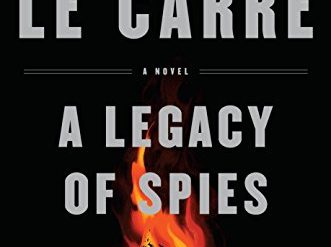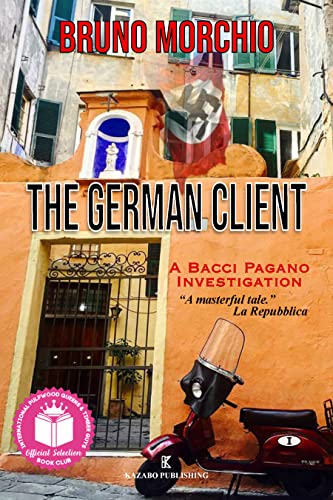
The French Resistance dominates accounts written in English about irregular warfare in World War II. But the most effective Resistance efforts may well have been in Poland, Yugoslavia, and the Soviet Union. And there was anti-Nazi activity everywhere in occupied Europe. Italy was no different. And, in contrast to France, where the Resistance gained mass and momentum only very late in the war, Italian partisans harried their German occupiers from an early date. Popular crime author Bruno Morchio dramatizes the operations of the Italian Resistance in World War II in his riveting detective novel The German Client.
A tale rooted in Genoa in 1944
Morchio’s story is set in Genoa, in Italy’s industrialized north. The tale rockets in time between early 1944 and the opening of the 21st century.
In the present day, private investigator Bacci Pagano is in the thick of a case targeting the violent thugs who have sold his girlfriend to a sadistic murderer. She is now clinging to life in a hospital bed. While waiting for a chance to visit her, an aging German professor named Kurt Hessen approaches him in the hallway with a lucrative proposition. The German wants him to track down his half-brother, his father’s son with an Italian woman who had worked for the Resistance.
The German Client (Bacci Pagano #6) by Bruno Morchio (2008) 204 pages ★★★★★
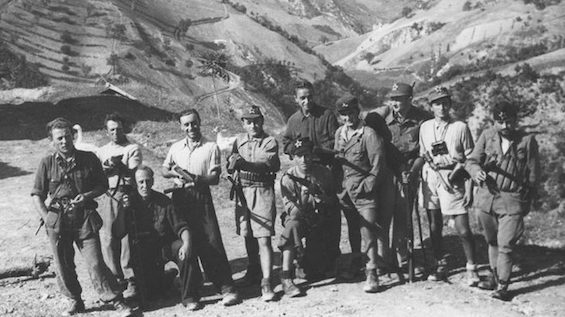
Sleeping with the enemy
Meanwhile, and in alternating chapters throughout the novel, we follow the woman’s story. In 1944, she is 19 years old and a courier for a Partisan Action Group on the outskirts of Genoa. Tilde is a beautiful young woman. When she is arrested after the Fascist police receive a tip that she is carrying messages for the partisans, she catches the eye of a German officer at headquarters, Captain Helmut Hessen. He arranges her release. Soon, learning of the attraction he feels, the local partisan leader asks Tilde to “get close to” the captain to coax secret information out of him. The relationship that develops dominates the story that follows. Though deeply conflicted, Tilde wishes to do whatever she can to save the lives of her friends and coworkers.
The detective’s intriguing backstory
As Bacci Pagano doggedly pursues the meager clues available to him, he learns that his greatest advantage is that the few Partisan survivors who knew Tilde during the war also knew his own parents. His father had been “a worker at the Fossati factory in Sestri Ponente,” the industrial suburb of Genoa where the action takes place. He had been “an active member of the partisan Resistance. He was a true hero. He’d even earned a commendation from the President of the Republic.” Pagano’s own backstory emerges in the telling, including the five years he spent in prison on a ten-year sentence for some major (but unspecified) crime. The detective is now 50, with a 19-year-old daughter. Following Tilde’s story in 1944 and Pagano’s much later investigation, we also learn a great deal about the operations of the Italian Resistance.
The historical context of the Italian Resistance in World War II
The Allies had invaded Italy late in the summer of 1943. Sicily first, then the foot of the boot, and then, with US and British troops moving up the calf, Italy surrendered. On January 22, 1944, the Allies under American General Mark Clark landed at Anzio, south of Naples. Fierce fighting was underway there and at Monte Cassino as Morchio’s story opens. By June 5, the Allies will enter Rome—the same day the first troops of Operation Overlord leave the shores of England for the invasion of Normandy.
The Italian Resistance was most robust in the industrialized north, where the Communist Party was well entrenched. And it was Communists who led most of the partisan bands who roamed about in German-occupied territory, spreading havoc. But those bands also included socialists, Christian Democrats, anarchists, and others.
Morchio’s setting, Genoa, is a city that hugs Italy’s northwest coast east of the French border. During World War II, it was an industrial town that housed some 700,000 people. Seven hundred years earlier, Genoa had been the richest city in the world. Its trading fleets ranged throughout the Mediterranean and beyond. But in 1944, the city was under siege, occupied by Nazi Germany and bombed by the US Army 15th Air Force.
About the author

Bruno Morchio (1954-) is one of Italy’s most popular crime novelists. His creation, Bacci Pagano, is an iconic figure in Italian popular literature. He studied psychology at the University of Padua and from 1988 to 2018 maintained a family psychology practice. He then retired to devote himself full-time to writing. Morchio is the author of 14 Bacci Pagano novels as well as 11 others. As far as I can tell, The German Client is the only one of the Bacci Pagano novels to be translated into English.
For more reading
This novel is one of The best mysteries and thrillers of 2022.
I’ve reviewed two other books involving the Italian Resistance, one a novel, the other nonfiction:
- Churchill’s Hellraisers: The Secret WWII Mission to Storm a Forbidden Nazi Fortress by Damien Lewis (A thrilling British special forces mission in WWII Italy)
- Miracle at St. Anna by James McBride (Black soldiers on the front line in Tuscany in World War II)
You might also enjoy my posts:
- 10 top novels about private detectives
- Top 10 historical mysteries and thrillers reviewed here
- The 10 best novels about World War II
- Top 10 mystery and thriller series
- 30 outstanding detective series from around the world
- Top 20 suspenseful detective novels
And you can always find my most popular reviews, and the most recent ones, plus a guide to this whole site, on the Home Page.

